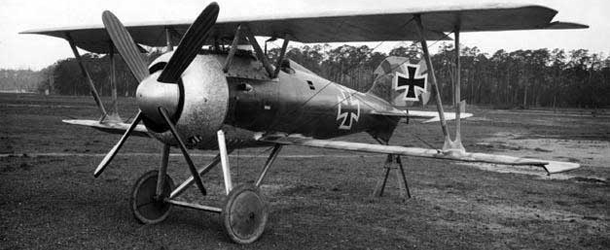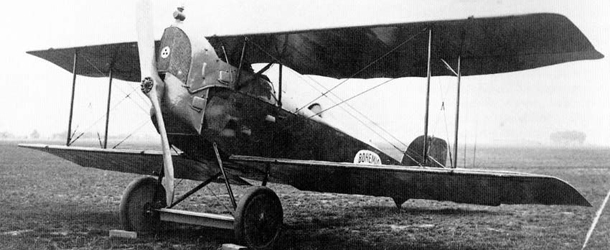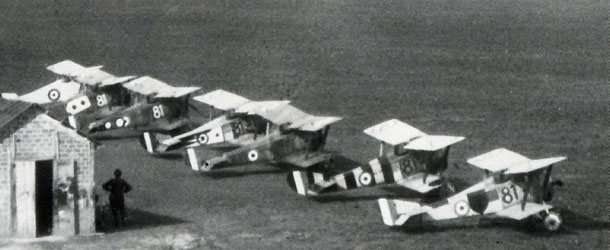The last article presented the Siemens-Schuckert D.III fighter. Now, it’s time to learn a bit more about the pilots of the three versions of this aircraft featured in the WW1 Wings of Glory Airplane Packs: the German Aces Helmut Lange, Joseph Veltjens, and Olivier Freiherr von Beaulieu-Marconnay. Helmut Lange Helmut Lange served in Jagdstaffel 26 during World War I and, during his career, piloted various aircraft, including …
The Siemens-Schuckert D.III was a German single-seat fighter built by Siemens-Schuckert Werke. The D.III was a development of the earlier Siemens-Schuckert D.IIc prototype. The D.III was an equal-span sesquiplane powered by a 160 hp (119 kW) Siemens-Halske Sh.III bi-rotary engine. Idflieg placed an order for 20 aircraft in December, 1917, followed by a second order of 30 aircraft in February, 1918. The Siemens-Schuckert D.III was designed …
The second part of the Aviatik D.I preview (click here to see the Part 1) presents the pilots of the three versions of this fighter featured in the WW1 Wings of Glory Airplane Packs: the Austro-Hungarian ace Frank Linke-Crawford and two brave pilots, the Austro-Hungarians Karl Sabeditsch and Karl Turek. Frank Linke-Crawford Oberleutnant Frank Linke-Crawford was born in 18 August, 1893, and was the fourth-ranking ace …
The Aviatik D.I was a single-engine, single-seater fighter biplane that served the Austro-Hungarian Empire as a fighter and reconnaissance escort through the final years of World War 1. It was also known as the Berg D.I or the Berg Fighter because it was designed by Julius von Berg. The D.I was the first indigenously designed fighter aircraft of the Austro-Hungarian Air Service (Luftfahrtruppen). In many respects, the …
The Hanriot HD.1 was a single-seat biplane fighter. Despite its development in 1916 by the French company Hanriot, the HD.1 was not adopted by the French squadrons, but equipped the Belgian and the Italian air forces. It was a highly successful design, piloted by WWI Aces such as Willy Coppens, Mario Fucini, and Silvio Scaroni. While Hanriot began the 1900s developing several pre-war monoplanes, they had mainly …











